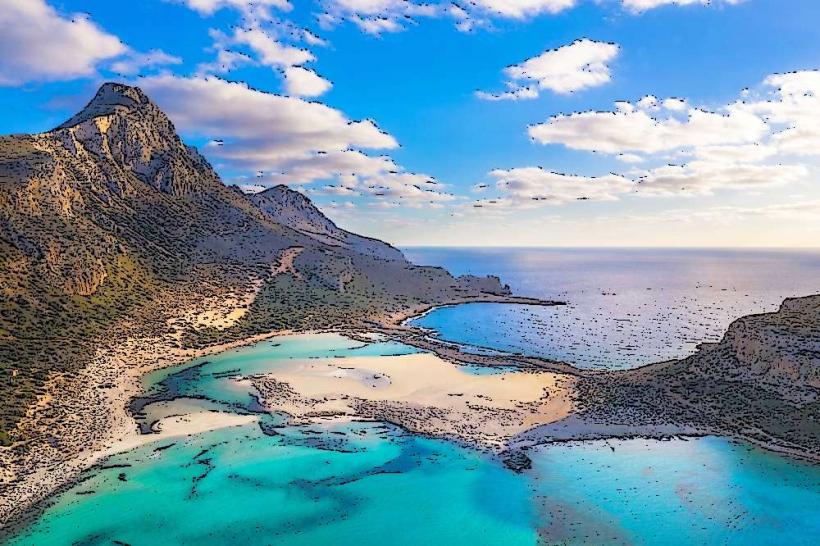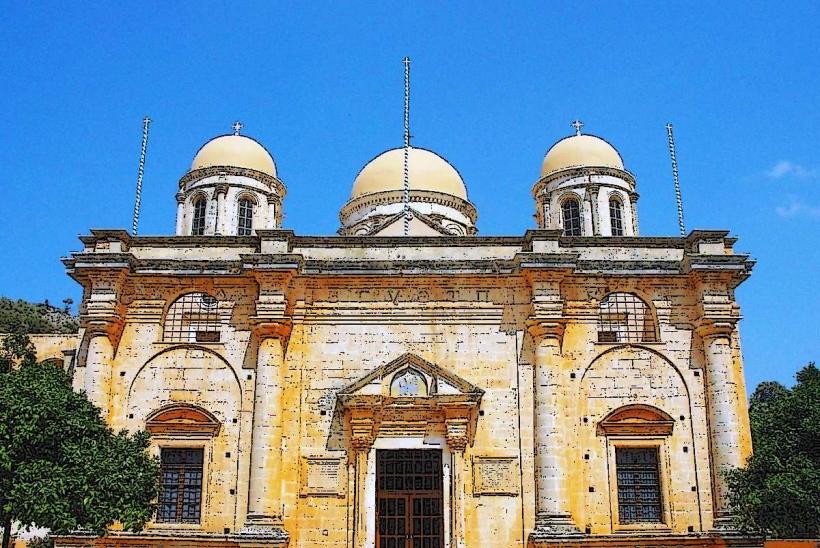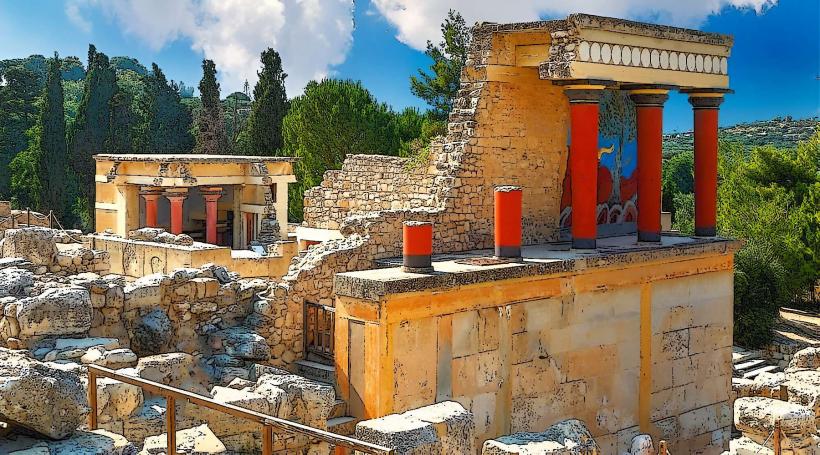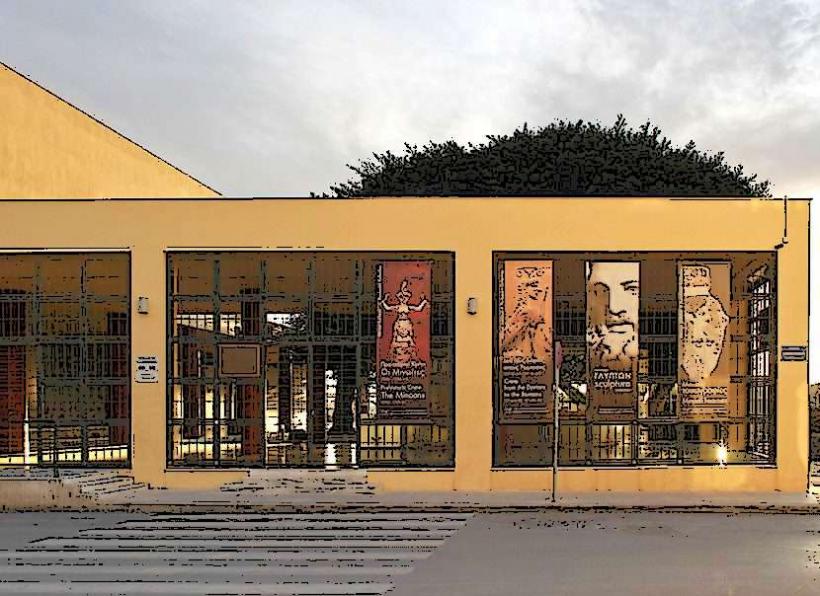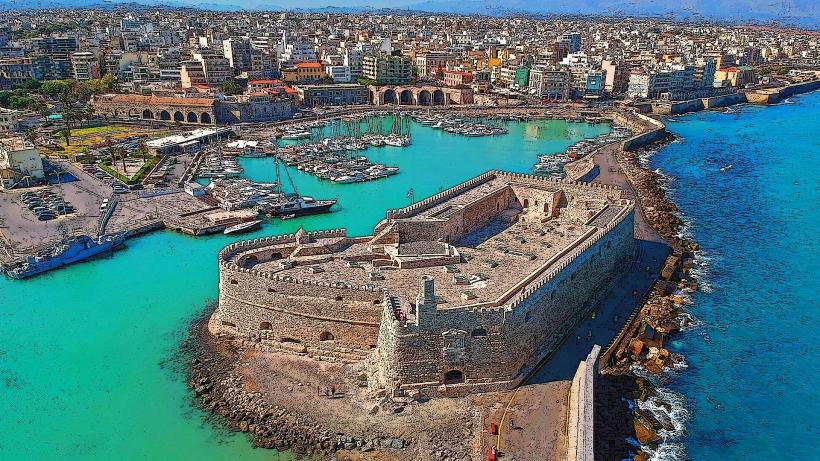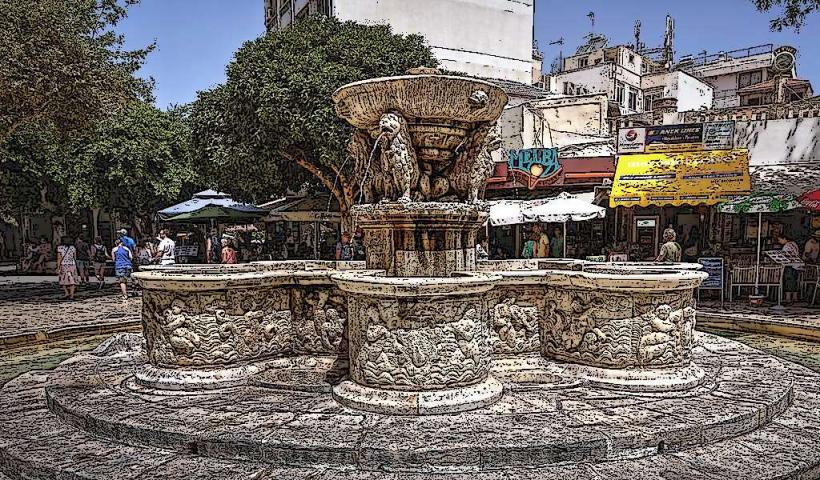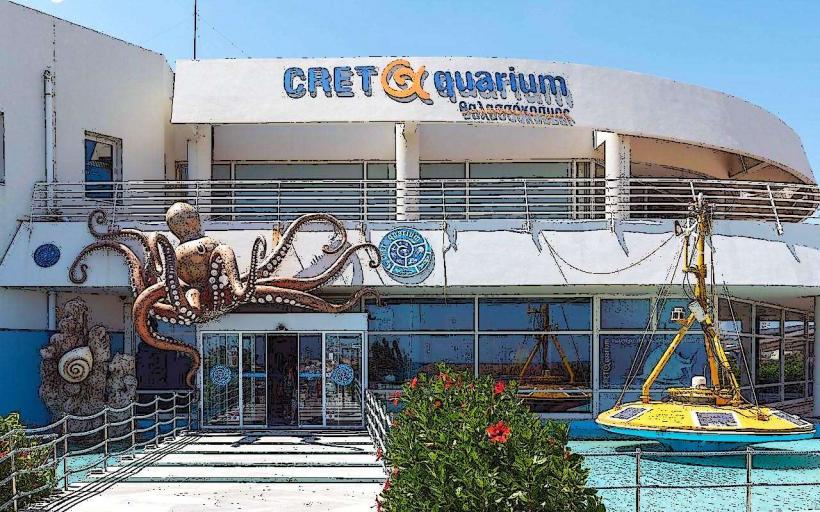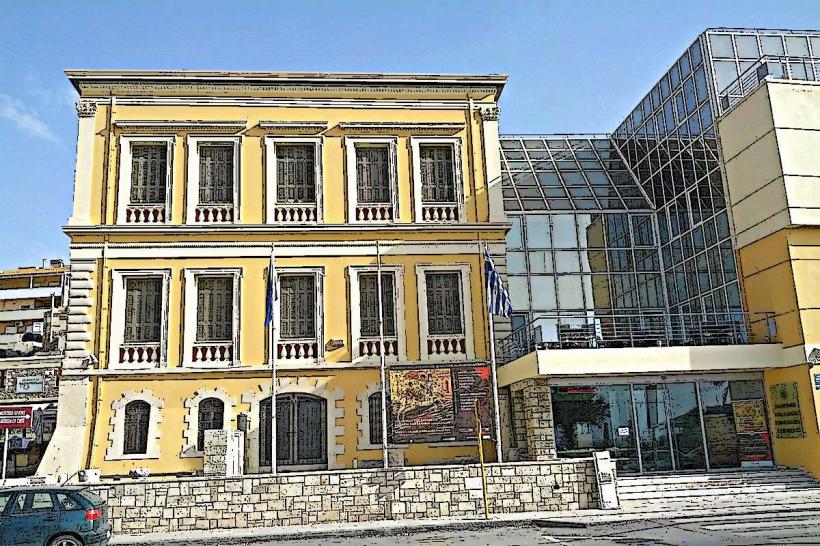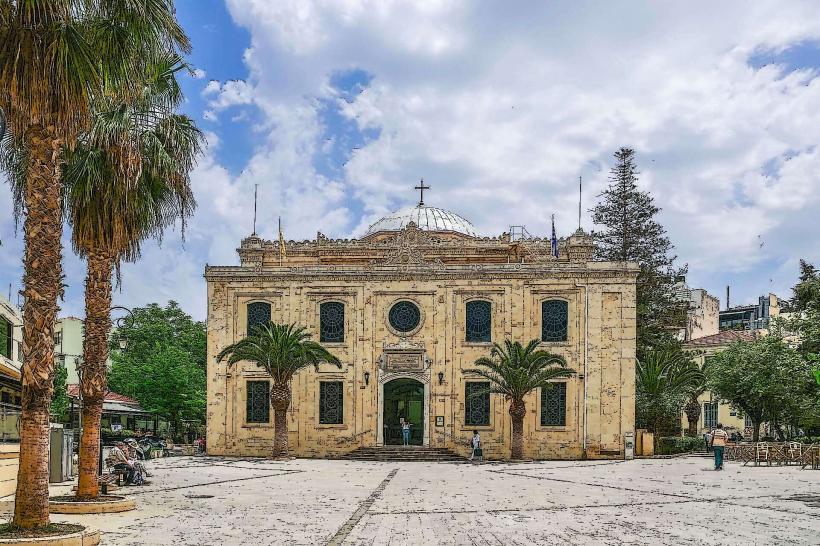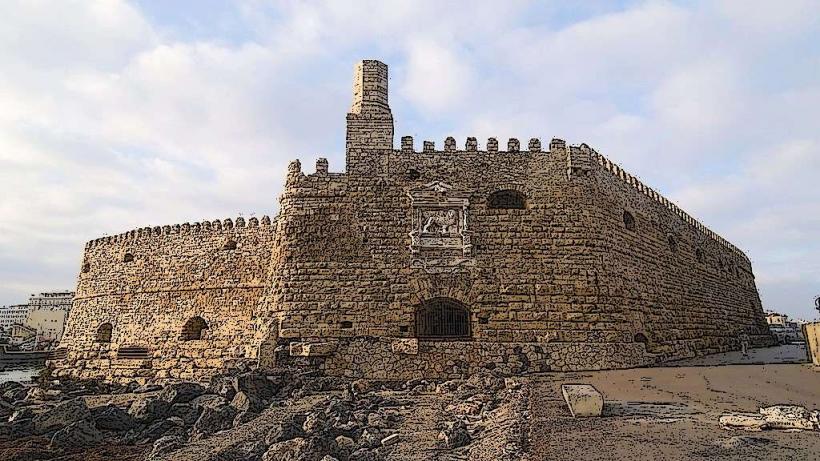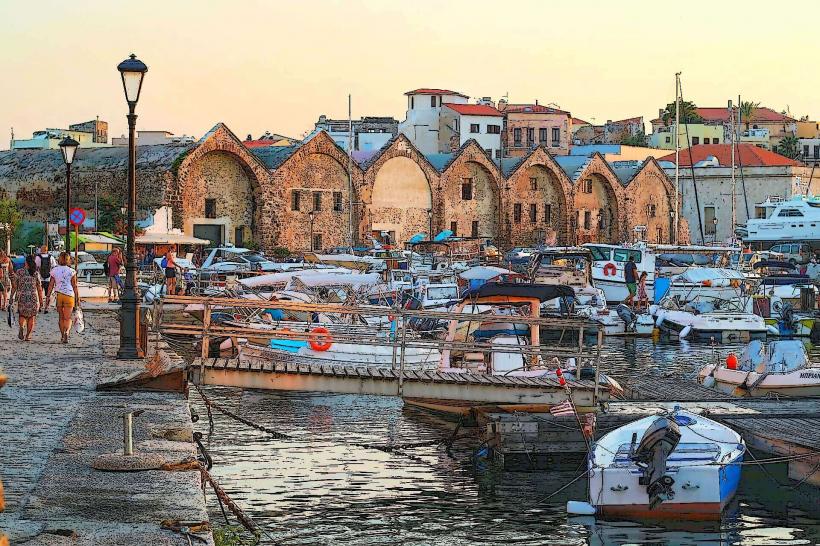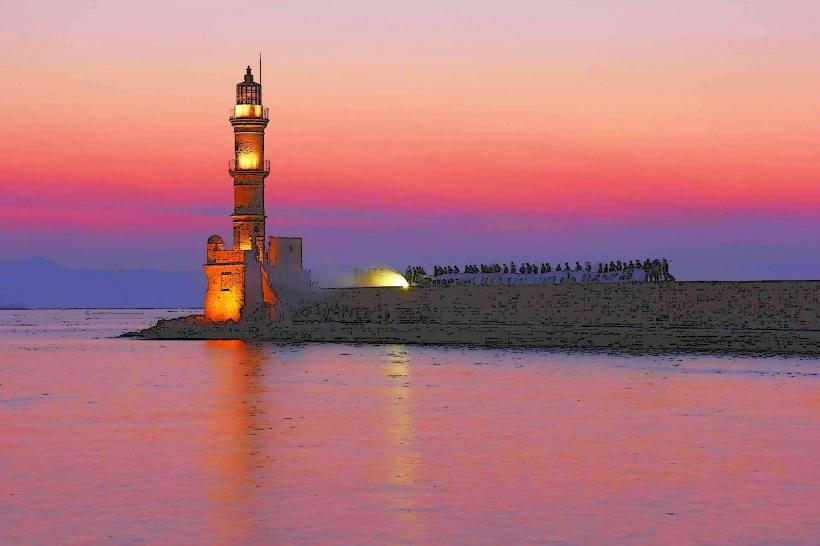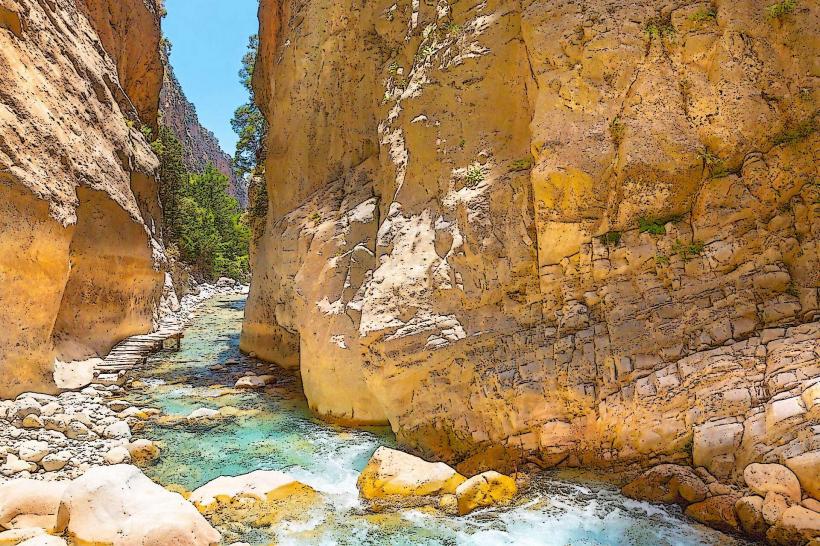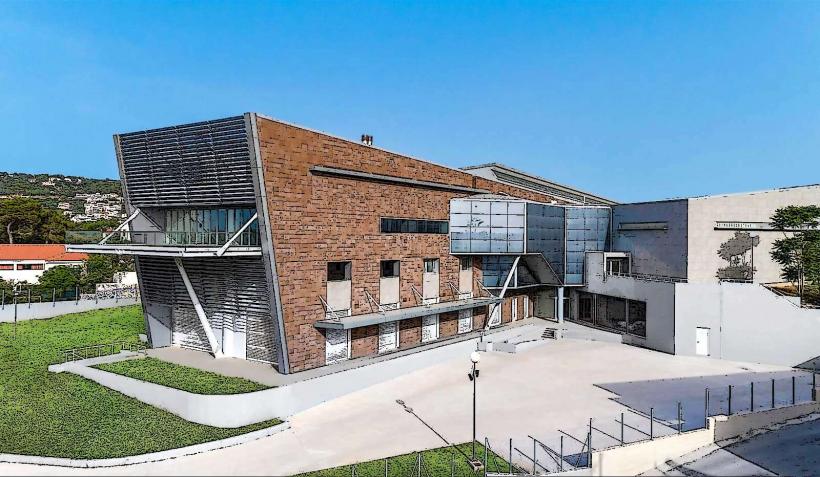Information
Landmark: Maritime Museum of CreteCity: Crete
Country: Greece
Continent: Europe
The Maritime Museum of Crete is located in the city of Chania, on the northwestern coast of the island of Crete, Greece. The museum offers visitors a fascinating journey through the island's rich maritime history, from ancient times to the modern era. It is particularly renowned for its detailed exhibits on the naval history of Crete and its role in the Mediterranean and beyond.
Overview:
- Location: The Maritime Museum of Crete is situated in the heart of Chania's Old Venetian Harbor, one of the most picturesque parts of the city. Its location by the water makes it an ideal spot for learning about Crete's historical connection to the sea.
- Founded: The museum was established in 1973, with the goal of preserving and presenting the island's maritime history and its vital connection to the surrounding seas, particularly the Aegean Sea and the Mediterranean.
Building and Architecture:
- Historical Building: The museum is housed in a historical building, which was originally the former residence of the Venetian governor. This gives the museum an additional layer of historical significance, as it is set within a structure that once belonged to the Venetian era, which lasted from the 13th to the 17th centuries.
- Exhibition Spaces: The museum has several exhibition halls spread across multiple floors. The displays are carefully curated, presenting a range of historical periods and themes related to Crete's maritime past.
Exhibits and Collections:
The museum’s collection covers a wide range of topics related to Crete’s naval history, from the Ancient Greek period through the Ottoman era and up to the 20th century.
Key Exhibits:
Ancient Greek and Roman Maritime History: The museum explores the early maritime culture of Crete, including the seafaring civilizations that inhabited the island, such as the Minoans. Artifacts from ancient shipwrecks and depictions of ancient ships offer insights into the seafaring technology and trade routes of these early civilizations.
Venetian and Ottoman Eras: The museum delves into the significant naval battles and historical events during the Venetian and Ottoman periods. Exhibits highlight the impact of these empires on Crete's culture, military history, and maritime power, with particular focus on naval architecture, shipbuilding, and warfare.
Modern Greek Navy and WWII: There is a large section dedicated to the modern history of Crete, focusing on its role in the Greek War of Independence and its strategic importance during World War II. Items from the conflict, including military uniforms, artifacts, and photographs, depict the island's involvement in significant naval operations, including the Battle of Crete (1941), where the Allies fought against Nazi Germany.
Ship Models and Nautical Tools: The museum boasts an impressive collection of scale ship models, ranging from ancient vessels to modern ships. These models showcase the evolution of ship design and the craftsmanship involved in constructing ships over the centuries. There are also several nautical instruments on display, such as compasses, sextants, and maps, which were essential for navigation.
Naval Uniforms and Military Artifacts: Another important section of the museum is dedicated to the history of the Greek Navy and its uniforms, weapons, and military equipment. The displays chronicle Crete's naval traditions and its role in the formation of the modern Greek state.
Photographs and Documents: Historical photographs and documents are displayed throughout the museum, helping to contextualize the artifacts and tell the stories of Crete’s sailors, naval heroes, and maritime culture. These visuals also highlight key moments in naval history, including major battles, naval traditions, and personal accounts of sailors from Crete.
Highlights:
- Nautical Exhibits: One of the museum’s most striking features is its collection of authentic ship models, some of which replicate famous ships from different periods, showcasing the evolution of naval technology.
- The Replica of the Minoan Ship: A key highlight of the museum is a full-scale replica of a Minoan ship, which offers visitors a chance to see how ancient Cretan seafarers navigated the seas over 3,000 years ago.
- WWII Exhibits: The museum also features moving exhibits related to Crete's role during World War II, with an emphasis on the German occupation and the Battle of Crete. The museum highlights the heroic resistance of the locals and their contributions to the war effort.
Visitor Experience:
Educational Programs: The museum offers a variety of educational programs and workshops for children, students, and adults interested in learning more about maritime history, naval traditions, and the island’s role in world history.
Guided Tours: Visitors can take advantage of guided tours to learn about the museum’s exhibits in more detail. Guides are knowledgeable and can offer deeper insights into the historical significance of the artifacts on display.
Cultural Events: The museum also hosts temporary exhibitions, cultural events, and lectures that expand on the themes of maritime history, bringing in guest speakers and specialists in related fields.
Accessibility:
Location: The Maritime Museum of Crete is located in the heart of Chania's Old Town, making it easy to access by foot from most areas of the city. Its proximity to the Venetian Harbor makes it an attractive destination for visitors already exploring the harbor or nearby attractions.
Opening Hours: The museum is typically open every day, but visitors should check in advance for any special closures or holiday hours. It is recommended to visit in the early morning or late afternoon to avoid crowds, especially during the high tourist season.
Conclusion:
The Maritime Museum of Crete is an essential stop for anyone interested in the island's rich maritime history and the broader naval history of the Mediterranean. Whether you're a history buff, a maritime enthusiast, or simply curious about the role Crete has played in shaping the history of naval exploration and warfare, the museum offers an immersive and educational experience. Its unique exhibits, historical artifacts, and engaging displays make it a must-visit for those exploring Chania and the island of Crete.

